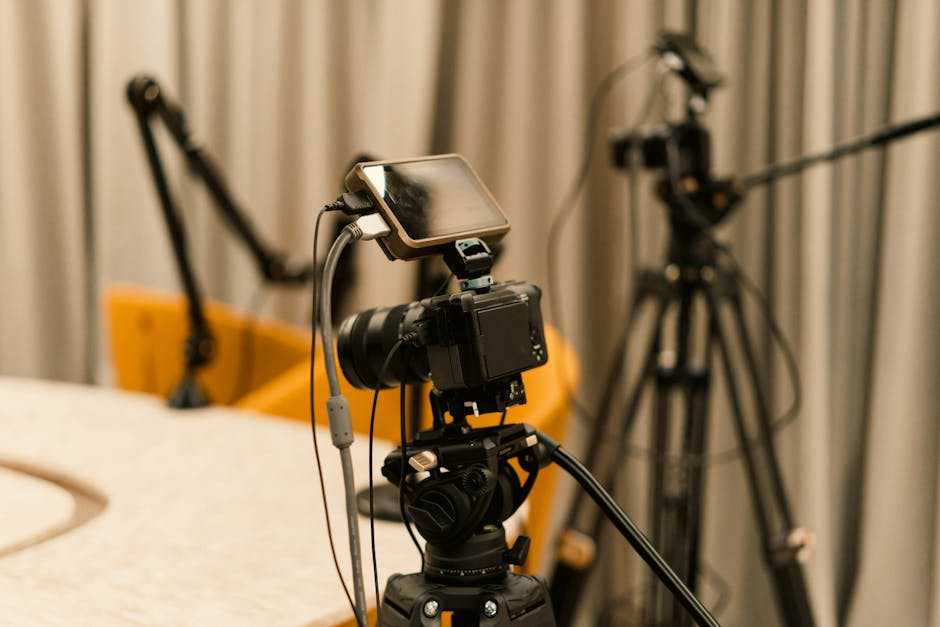Required beverage container
As a food handler, it is essential to understand what type of beverage container must a food handler drink from exactly while on duty. This protocol plays a critical role in maintaining hygiene and preventing crosscontamination in the foodservice industry.
Importance of using the right beverage container
Using the correct beverage container not only upholds health and safety standards but also projects a professional image and instills confidence in customers. It demonstrates a commitment to cleanliness and sanitation, which are paramount in the food handling profession.
Guidelines for choosing the appropriate beverage container
When it comes to selecting a beverage container, a food handler must adhere to specific guidelines to ensure compliance with food safety regulations. Here are some key points to consider:
Material: The beverage container should be made of durable, foodgrade materials approved for use with beverages. Design: Opt for a container with a lid and a straw to minimize spillage and maintain cleanliness. Size: Choose a container that holds an adequate amount of liquid to keep the food handler hydrated throughout their shift. Cleaning: Ensure the container is easy to clean and sanitize regularly to prevent bacterial growth.
Types of acceptable beverage containers
There are several types of beverage containers that a food handler can use while on duty. These include:
Stainless steel water bottle: Durable, reusable, and easy to clean, stainless steel water bottles are an excellent choice for food handlers. BPAfree plastic tumbler: Lightweight and convenient, BPAfree plastic tumblers are ideal for onthego hydration. Glass jar with a lid: For a more environmentally friendly option, a glass jar with a secure lid is a stylish and sustainable choice for beverage consumption. Insulated thermos: Particularly useful for keeping drinks hot or cold for an extended period, an insulated thermos is suitable for food handlers working in various environments.
Prohibited beverage containers
To maintain food safety standards, some beverage containers are strictly prohibited for use by food handlers. These include:
Open cups or mugs without lids: Due to the risk of spillage and contamination, open cups or mugs without lids are unsuitable for use in food handling areas. Plastic bags or disposable containers: Singleuse plastic bags and disposable containers are not environmentally friendly and may not be sturdy enough for regular use. Unlabeled or mystery containers: It is crucial to use beverage containers with clear labels to avoid confusion and ensure proper hygiene practices.
In conclusion, choosing the right beverage container is a key aspect of food safety for handlers in the foodservice industry. By following the guidelines and selecting an appropriate container, food handlers can promote hygiene, professionalism, and customer confidence while staying hydrated during their shifts.
Remember, what type of beverage container must a food handler drink from exactly is a crucial question to consider, and the right choice can make a significant difference in maintaining a safe and clean work environment.




